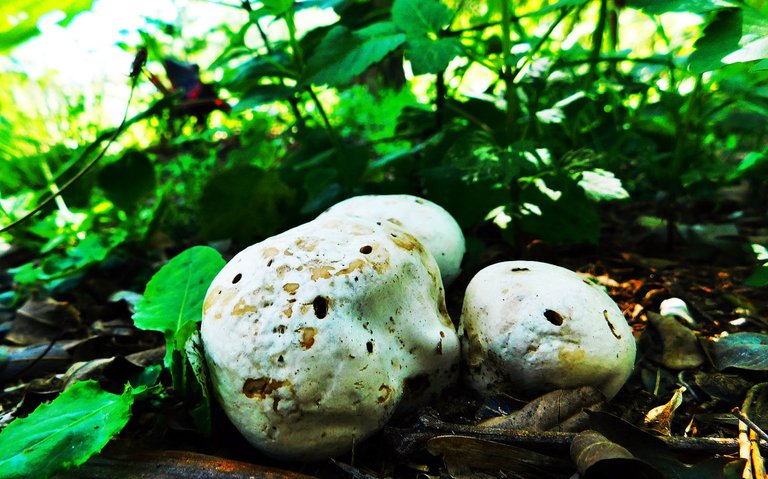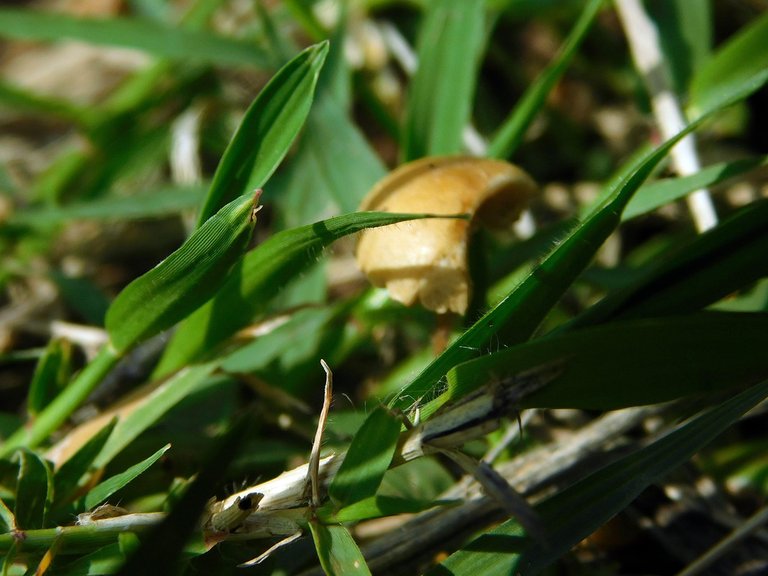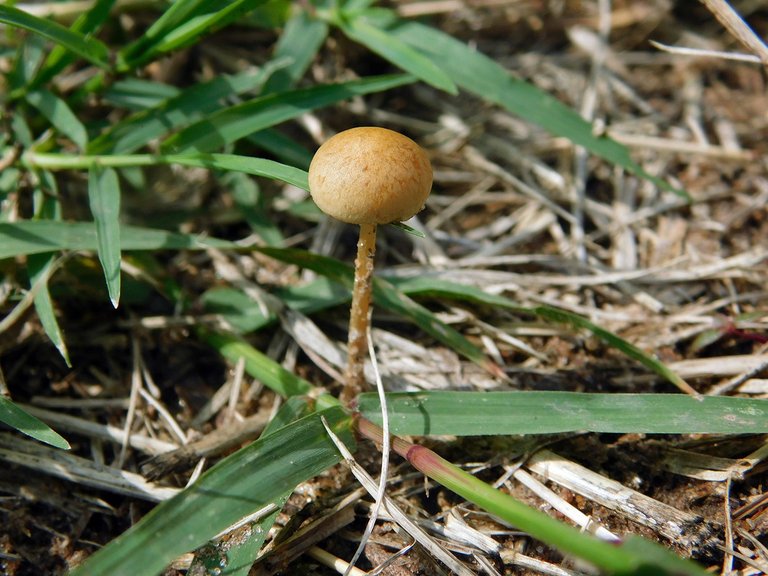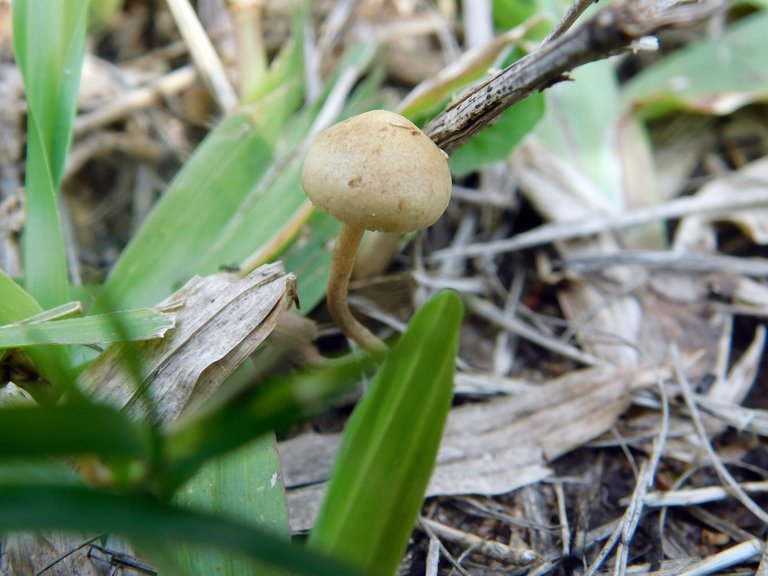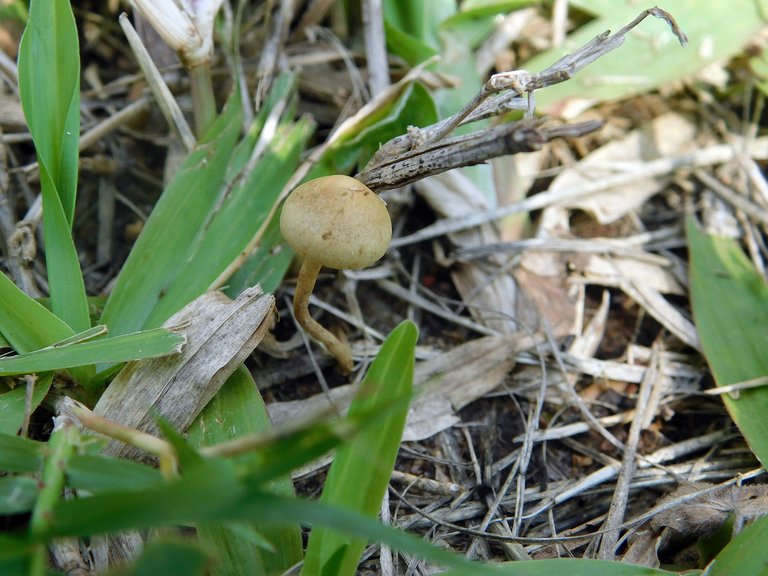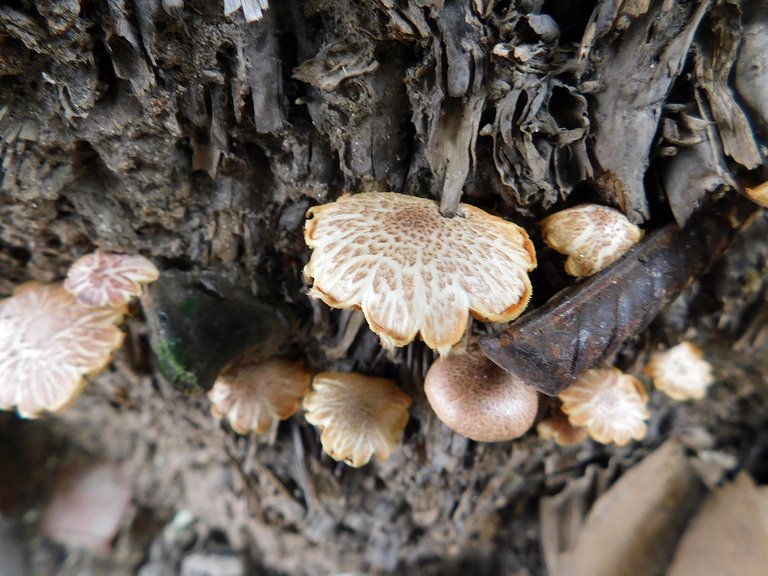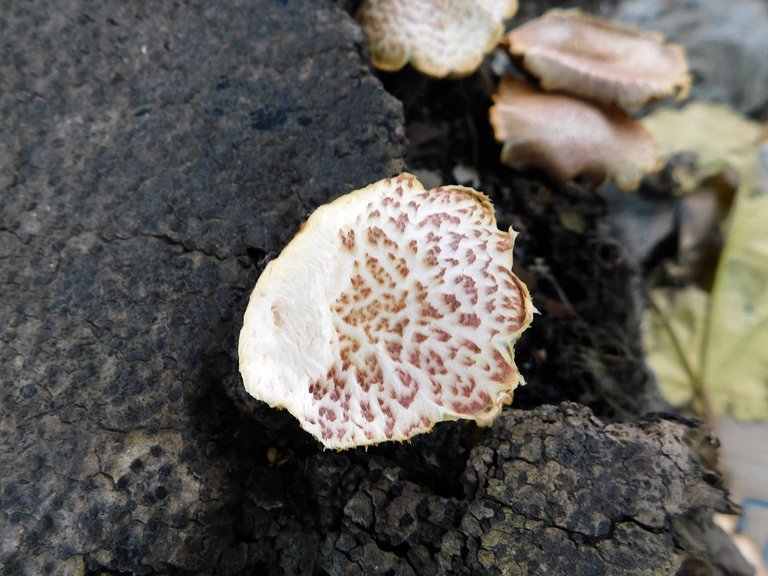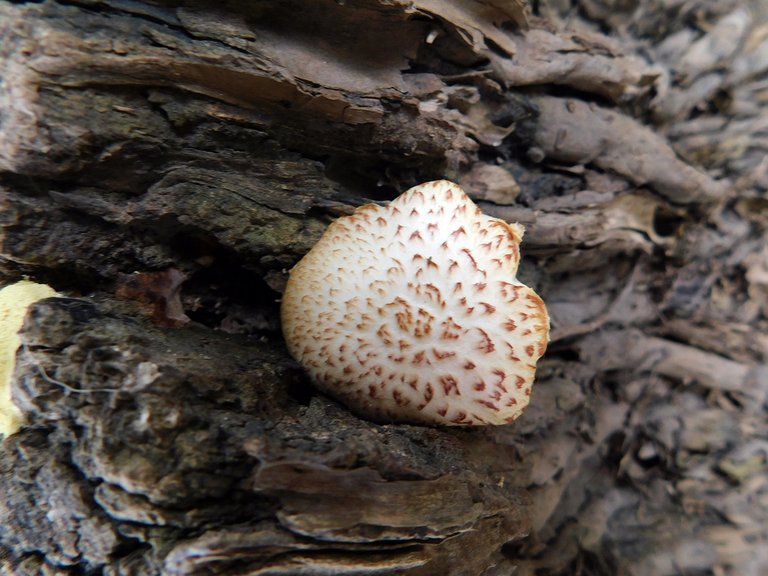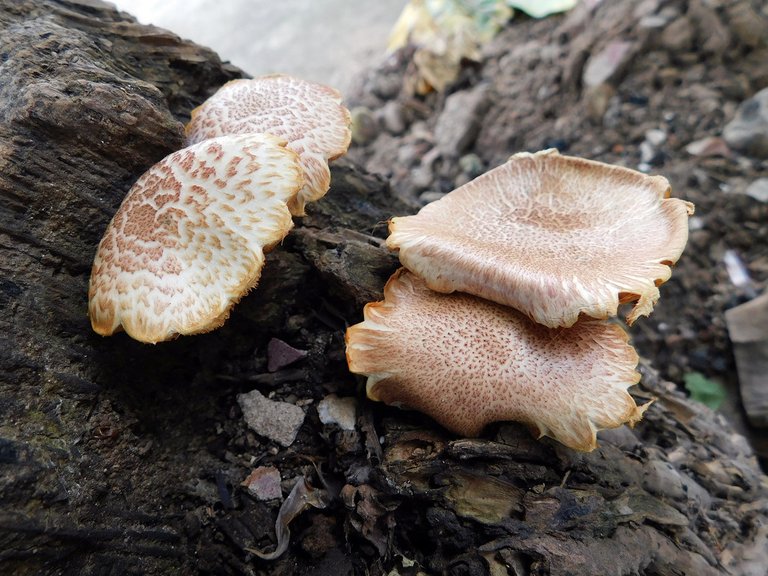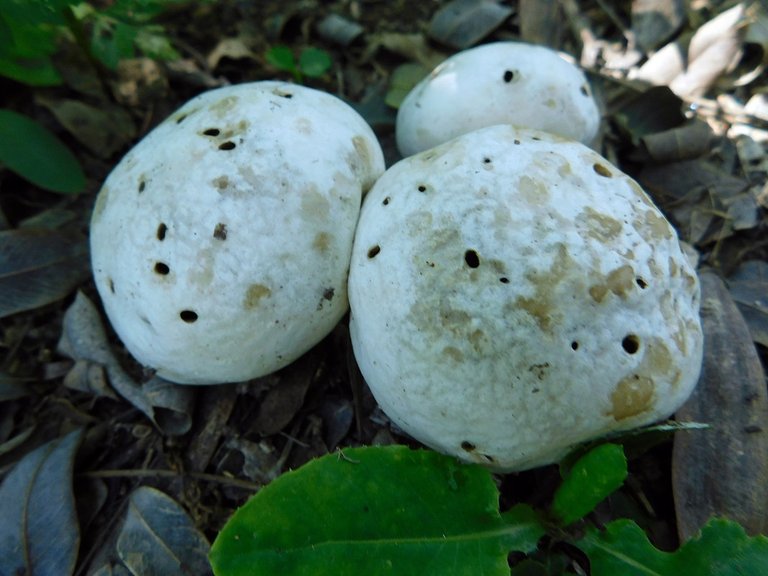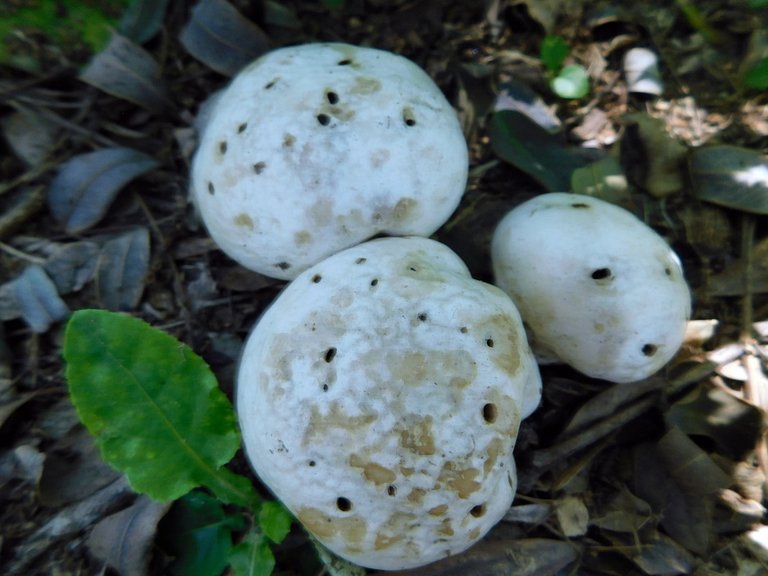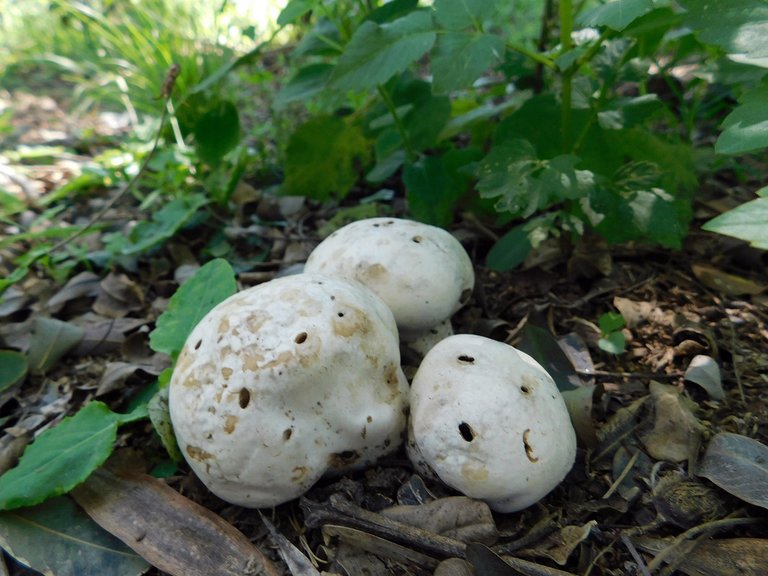Como están los seguidores de esta maravillosa
¨FungiFridayCommunity¨: que felicidad poder acompañar a nuestro amigo
@ewkaw en su invitación semanal a participar de este genial
¨FungiFridayContest¨: Esta ha sido otra semana maravillosa para visitar la reserva en busca de hongos, y como siempre no nos ha defraudado, ya que encontramos tres especies hermosas
How are the followers of this wonderful
¨FungiFridayCommunity¨: what a joy to be able to accompany our friend
@ewkaw in his weekly invitation to participate in this great
¨FungiFridayContest¨: This has been another wonderful week to visit the reserve in search of mushrooms, and as always we were not disappointed, as we found three beautiful species
Una de las especies de hongos que hallamos es una variedad muy conocida, quien en algún momento de su vida no ha encontrado hongos en los ¨estiércoles¨ de animales; un tipo de hongo conocido como
¨Hongo¨coprófilo¨: esta especie es muy común encontrarlos en la hierbas donde el sedimento de los ¨estiércoles¨ se han desparramados, un hongo relativamente pequeño y hermoso a la vista
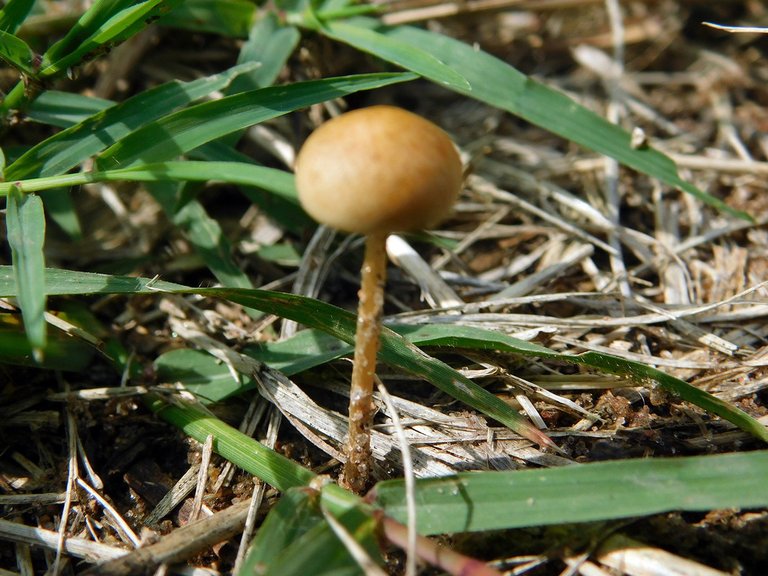

Source: Family Álbum
One of the species of mushrooms that we found is a well-known variety, which at some point in its life has not found mushrooms in animal "dung"; a type of fungus known as
¨Coprophyllous fungus¨: this species is very common to find in the grasses where the sediment of the ¨manures¨ has been scattered, a relatively small and beautiful mushroom to look at
El segundo hongo que hallamos ya le hemos visto con anterioridad, aunque no con tanta frecuencia como el anterior, para que tengan una idea, han pasado más de cuatro meses desde la última vez que lo vimos. Se trata de un hongo del género de las
¨Gymnopilus¨: que crece en la corteza de los troncos de ¨palmeras¨ cuyo genero alberga varios cientos de especies; estimo que este hongo pertenece al conocido como
¨gymnopilus¨spectabilis¨: un tipo de hongo que no debes comer, ya que tienen cierto efecto ¨alucinógenos¨
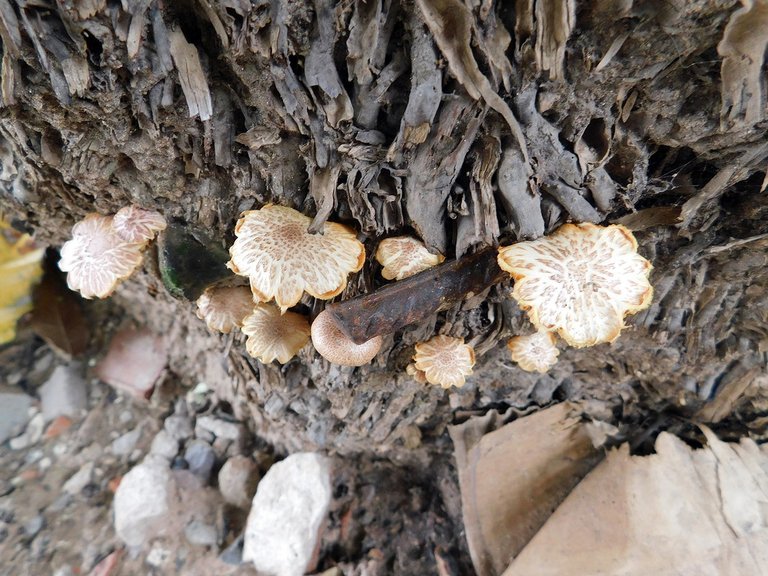
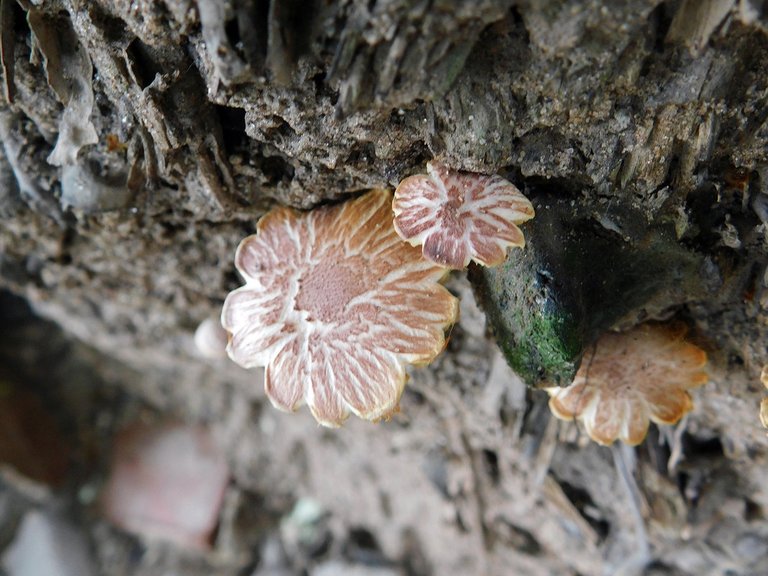
Source: Family Álbum
We have already seen the second mushroom that we found before, although not as frequently as the previous one, to give you an idea, it has been more than four months since the last time we saw it . It is a fungus of the genus
¨Gymnopilus¨: that grows in the bark from the trunks of “palm trees” whose genus houses several hundred species; I believe that this fungus belongs to the one known as
¨gymnopilus¨spectabilis¨: a type of mushroom that you should not eat, since they have a certain "hallucinogenic" effect
Por último otro de esos hongos pocas veces vistas, de hecho, hace poco menos de un año que lo vimos por primera vez, se trata de un hongo conocido como
¨bola¨ de ¨tierra¨: y no creo que haga falta mencionar el porqué. Su apariencia a la de una ¨pelota¨ de ¨golf¨ por su forma y tamaño, también tiene mucha similitud a un tipo de pan que se espolvorea con ¨azúcar¨¨impalpable¨, aunque parezca que es comestible, ten cuidado porque no lo es.
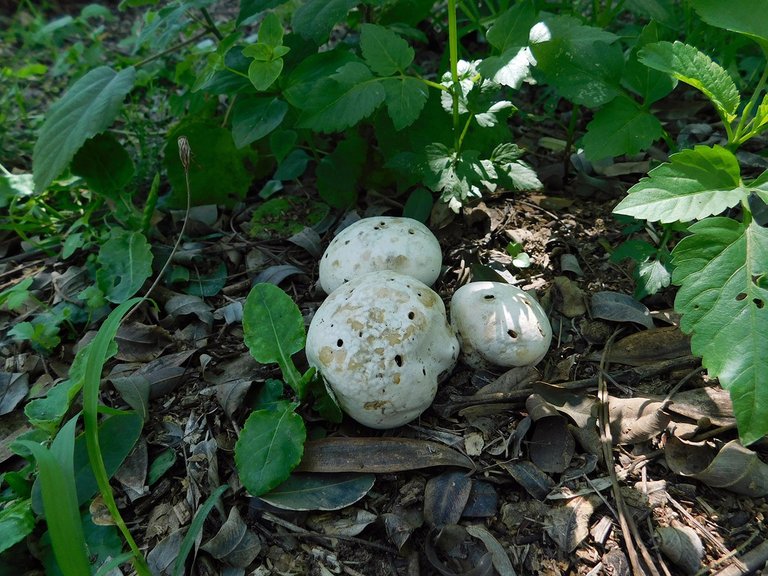
Source: Family Álbum
Finally, another of those rarely seen mushrooms, in fact, a little less than a year ago we saw it for the first time, it is a fungus known as
¨bola¨ de ¨tierra¨: and I don't think it's necessary to mention why. Its appearance is similar to that of a "golf ball" due to its shape and size, it also has a lot of similarity to a type of bread that is sprinkled with "impalpable sugar", although it may seem like it is edible, be careful because it does not is.
Esta ha sido otra semana genial para la búsqueda y al hallazgo de hongos en la reserva, y ha sido genial llevar nuestra ¨nikoncoolpixb500¨ para fotografiar las diferentes especies de hongos que hallamos. Este es otro de esos desafíos que me encanta participar, dado que aprendo mucho al involucrarme en saber a qué tipo de hongos pertenecen
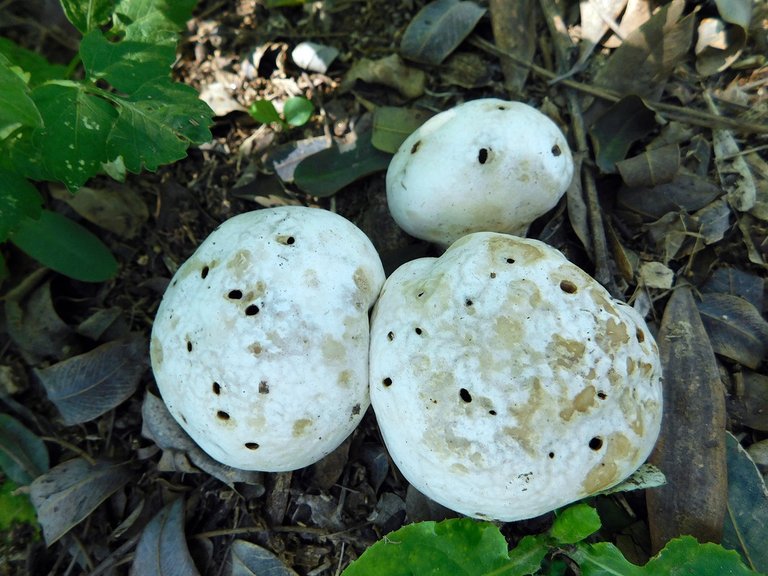
Source: Family Álbum
This has been another great week for searching and finding mushrooms in the reserve, and it has been great to take our ¨nikoncoolpixb500¨ to photograph the different species of mushrooms we found. This is another one of those challenges that I love to participate in, since I learn a lot by getting involved in knowing what type of mushrooms they belong to

Source:

Source: vimeo-free-videos
